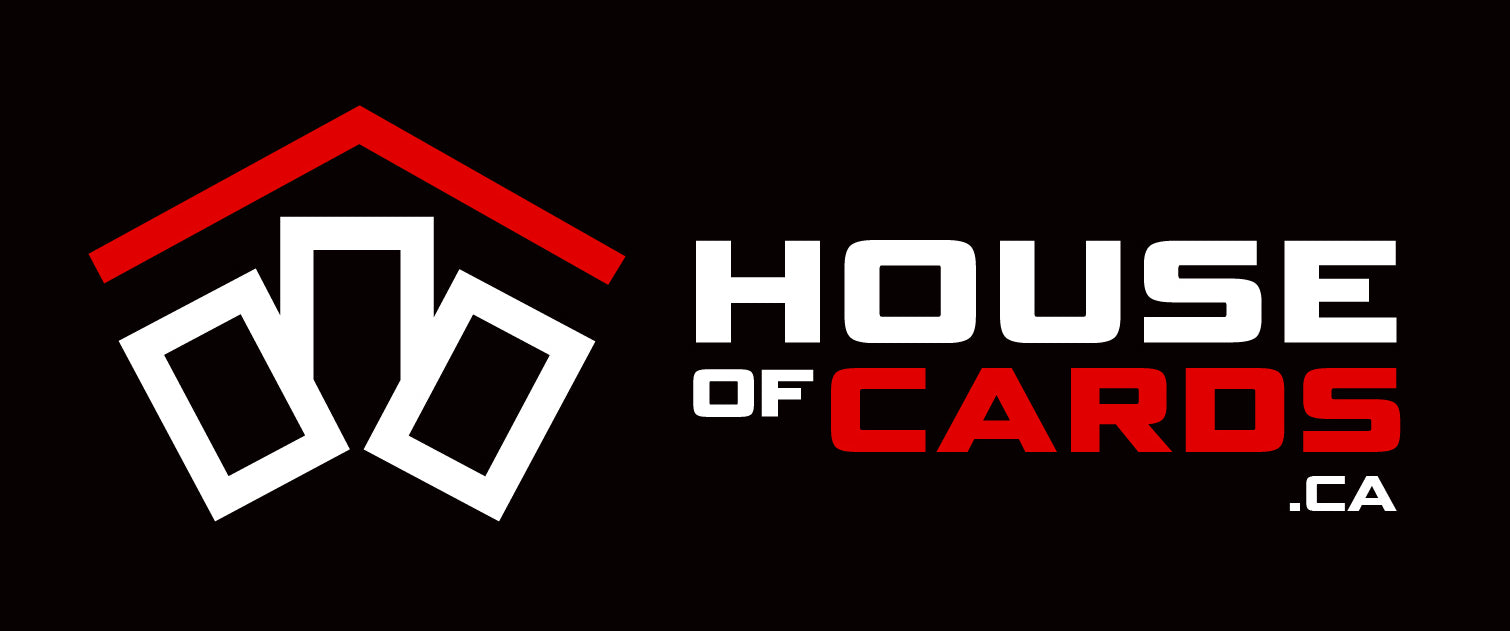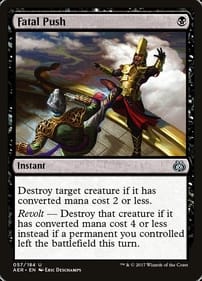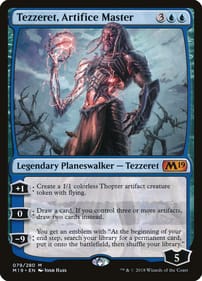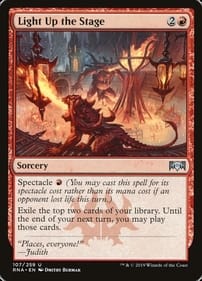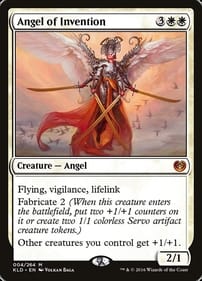If you and/or your kids are ready to start building your first Pokémon deck, this guide is for you. Deck building is not only a fun activity but also a great way to bond and learn together. Let’s dive in!
Understanding the Basics of Pokémon
Before you start, it’s important to grasp the basic structure of a Pokémon deck:
A standard deck has exactly 60 cards, with no more, no less. These include Pokémon cards, Trainer cards, and Energy cards. A balanced mix of these is crucial.
Pokémon Cards
These cards represent the Pokémon that you will use to battle your opponent. Each Pokémon card has its own set of abilities, attacks, hit points (HP), and weaknesses.
Types of Pokémon Cards:
Basic Pokémon: These can be played directly onto the field.

Evolution Pokémon: Used to evolve Basic Pokémon, making them stronger.

EX/GX/V/VMAX Cards: These are powerful versions of Pokémon with enhanced abilities but give your opponent extra prizes when knocked out.

Energy Cards
Energy cards power your Pokémon’s attacks. Without them, your Pokémon can't attack.
Basic Energy: These provide one energy of a specific type (like Water, Fire, Electric). Normally, the basic Energy in your deck is similar to the types of Pokémon you're using.

Special Energy: Provide different effects or multiple types of energy, but are usually limited in number. Like the examples above, Special Energy can do more than just power a Pokémon's attacks.
Trainer Cards
Trainer cards represent the items, supporters, and stadiums a trainer can use in battle.
Item Cards: These can be played as many as you like per turn, providing specific one-time effects.
Supporter Cards: Powerful cards that can only be used once per turn.
Stadium Cards: These create ongoing effects that last until a new Stadium card is played.

Building Your First Pokémon Deck
Step 1: Choose Your Favorite Pokémon
Pick a favorite Pokémon to be the centerpiece of your deck. This can be a great way to engage your child’s interest. There are a few fan favourites that you might want to explore first like Pikachu, Charmander, or Eevee, but there are literally hundreds of Pokémon to choose from and build a deck around.
Evolution Chain: Include the entire evolution chain of your chosen Pokémon in your deck if applicable.

Step 2: Add Support Pokémon
Choose additional Pokémon that complement your main Pokémon. Consider their types and abilities for synergy. These could be additional favourites, or just more of the same Energy type to round out the deck.
Step 3: Incorporate Energy Cards
Energy cards are needed to perform attacks. Include enough energy cards in your deck to match the energy requirements of your Pokémon. Most decks stick to one or two different Energy types to avoid not having the right types of Energy during a game and being unable to attack.
Step 4: Utilize Trainer Cards
Trainer cards provide useful items, supporters, and stadiums. They can give you a strategic edge during gameplay. Fill out the rest of the deck with Trainer cards that help you achieve your overall strategy, whether that's drawing and playing a specific Pokemon or cards that interfere with your opponent's strategy.
Balancing Your Deck
A typical beginner’s deck might include about 15-20 Pokémon, 10-15 Energy cards, and the rest being Trainer cards.
When building a new deck, it’s important to play some practice games and test out how it flows. You might need to adjust the number of each type of card based on how the deck performs.

Products like Pokémon Battle Academy are a great place to start since the decks are prebuilt for you, and are easy to customize and make your own.
Tips for Parents and Kids
If you’re putting together a deck with your child, discuss each card’s role and strategy. This is a great way for kids to learn about planning and decision-making.
Make deck building a joint activity. It’s a wonderful way to spend quality time together and helps them take ownership over the deck. Winning with a deck of their own design can be very rewarding.
Building your first Pokémon deck can be as much a journey of discovery as it is about strategy. Remember, there’s no single “right” way to build a deck. It’s all about experimenting, learning, and most importantly, having fun together.
